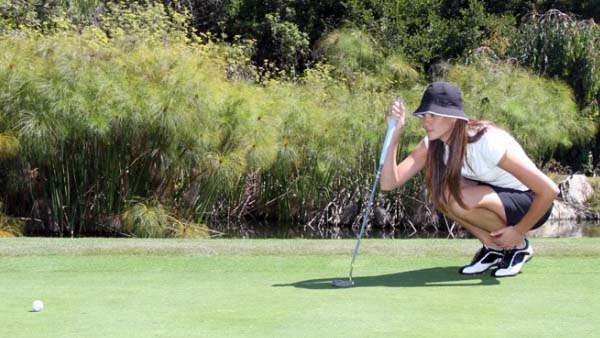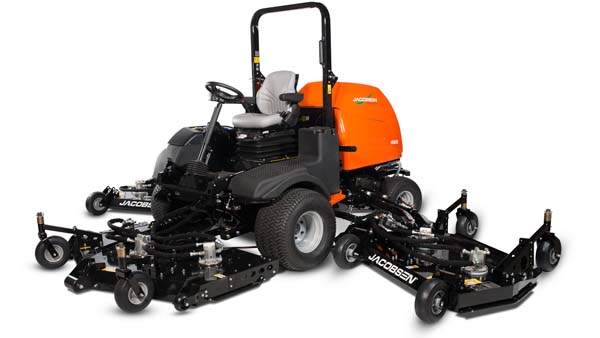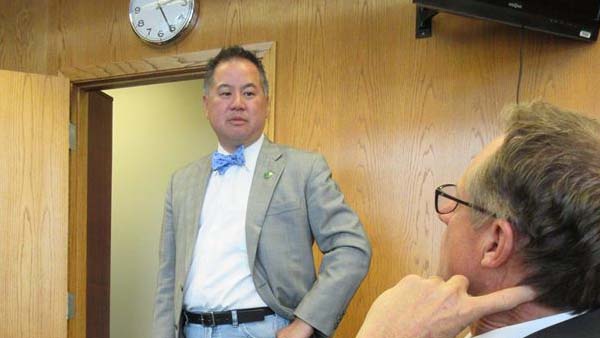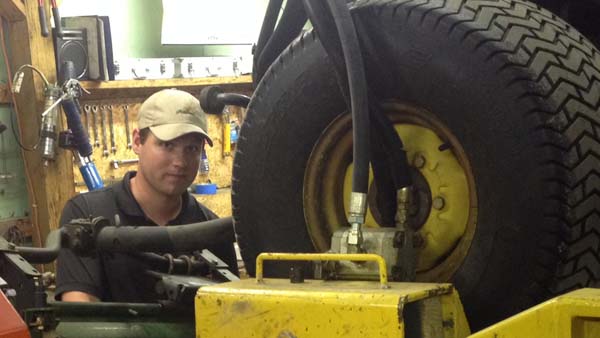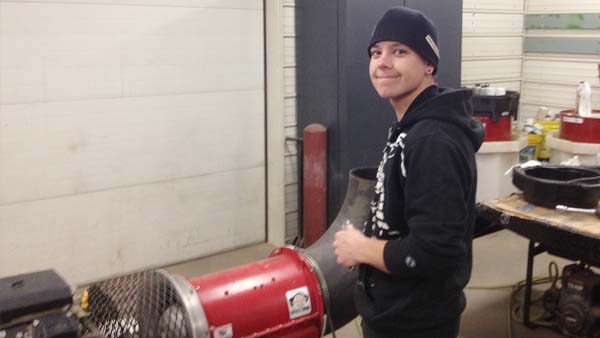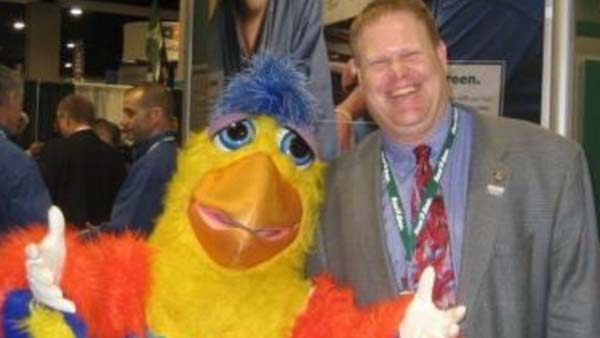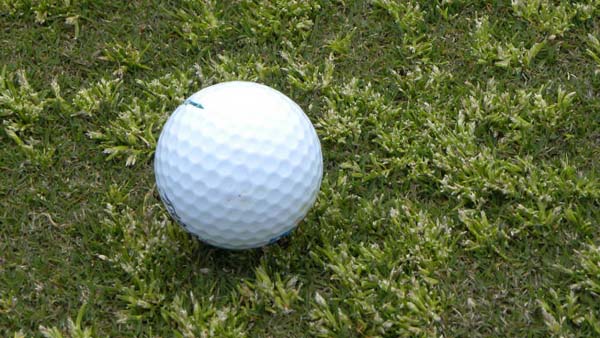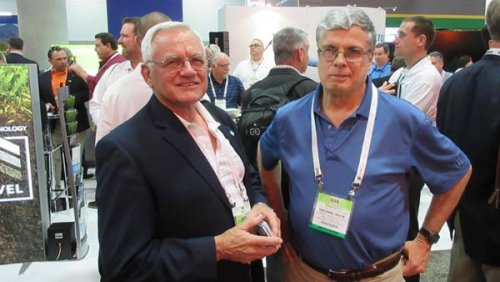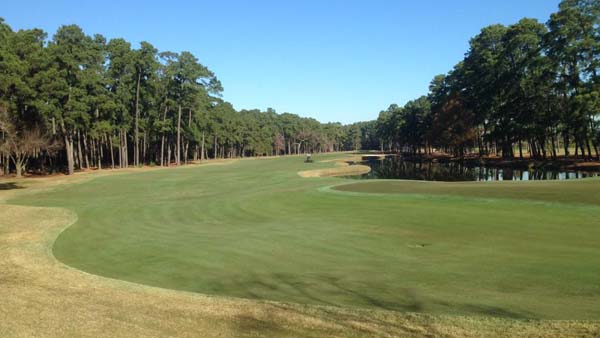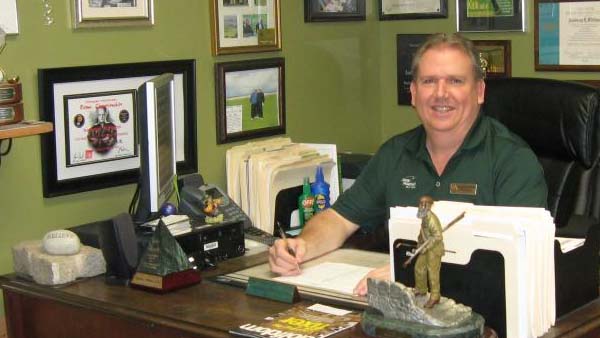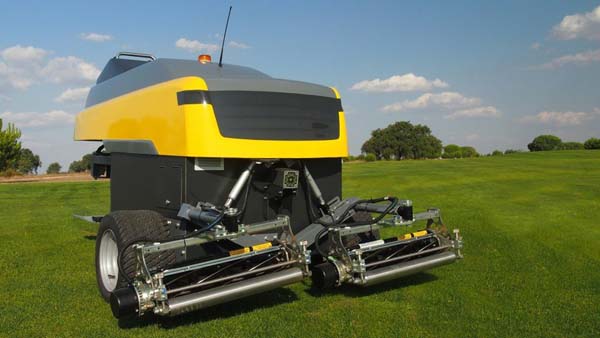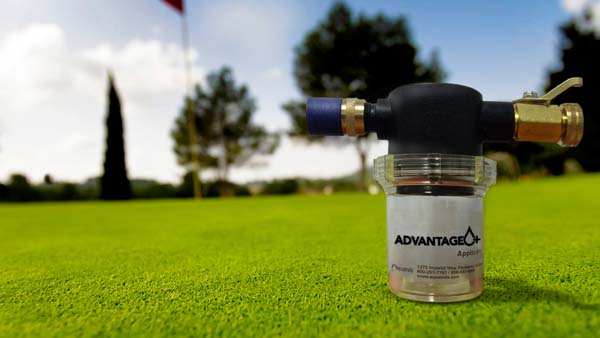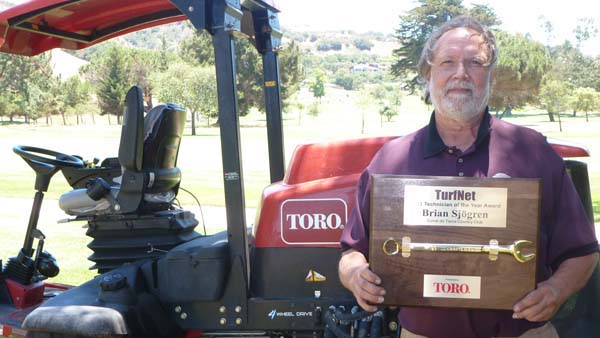
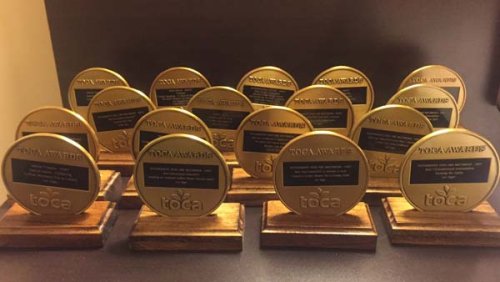
TurfNet walked away with nine first-place awards, one best-in-show award and eight merit (runner-up) trophies. The awards ceremony was held May 5 in conjunction with the TOCA annual meeting in Omaha, Nebraska. Jon Kiger won five first-place awards, a best-in-show and three merit awards. He also swept the special events category, winning a first and a merit award. His best-in-show award (his fourth to date) was for a video series on growing the game. John Reitman won two firsts, one of which was for a series of seven stories on the drought in California, and two merit awards. Randy Wilson and Dave Wilber each were first-place winners, and Peter McCormick, Kevin Ross and Frank Rossi, Ph.D., all won a merit award. Here are all the TurfNet winners: Best in Show
Photography, Video and Multimedia: Jon Kiger, "Growing the Game" First Place
Best CD/audiovisual presentation: Jon Kiger, "Growing the Game" Best long video/DVD: Jon Kiger, "TurfNet Test Drives the GolfBoard" Best short video/DVD: Jon Kiger, "Convert a Surplus Mower into a Fairway Roller" Best Instructional video/DVD: Jon Kiger, "Installing an Improved Buffalo Blower Remote Switch" Best use of Editorial or opinion in a video/DVD: Randy Wilson, "The Worst Golf Course Superintendent Mistake I Ever Made" Special Events: Jon Kiger, "TurfNet Members Trip to Ireland" Editorial/Opinion Piece: John Reitman, "Golf Industry Needs a Mulligan" Series - two or more articles defined as a series: John Reitman, "The California Water Crisis" New Media: Dave Wilber, "Turfgrass Zealot: Josh Lewis - 2015 U.S. Open" Merit (Second Place)
Best CD/audiovisual presentation: Jon Kiger, "TurfNet Returns to Ireland 2015" Best long video/DVD: Jon Kiger, "TurfNet Visits Trinity College, Dublin" Best Instructional video/DVD: Kevin Ross, "Cured In Place Pipe" Original Content Only: John Reitman, "Mentor, Friend and Teacher" Overall Media Kit Design: Peter McCormick, "TurfNet 2016 Media Kit" New Media: Frank Rossi, Ph.D., "A Voice of Reason Within the Golf Industry: an Interview with Jim Koppenhaver" Special Events: Jon Kiger, "TurfNet Emerald Challenge" Special Projects: John Reitman, TurfNet; Mark LaFleur, Syngenta; Martin Williams Advertising, "TurfNet Superintendent's Best Friend Calendar - The Many Faces of a Turf Dog". Kiger, also a member of the Golf Course Superintendents Association of Ireland, also was recognized for a Merit award in the International Design Category for the GCSAI Greenside magazine, August 2015: "Remembering the RMS Lusitania" -- the sinking of which his great-grandfather was a survivor. The Turf and Ornamental Communicators Association is a 200-plus member association comprising editorial, advertising and marketing professionals who work in the green industry.
- Read more...
- 3,193 views

